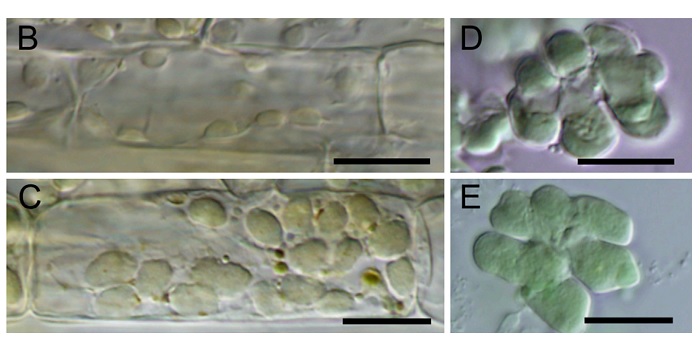
Re-creation of a key step in the evolutionary switch from C3 to C4 leaf anatomy
Blog, Plant Science Research Weekly, Research, Research BlogThe C4 Rice project aims to transition rice from a C3 crop to one that performs C4 photosynthesis, in order to realize a predicted 50% increase in yield. Here, Wang et al. expressed a positive regulator of chloroplast development, the maize GOLDEN2-LIKE transcription factor, in rice. The resulting…

Photosynthesis in Desert Plants: It’s About Time
Research, The Plant Cell, The Plant Cell: In a NutshellBoxall et al. investigate CAM photosynthesis in Kalanchoë fedtschenkoi The Plant Cell (2017). https://doi.org/10.1105/tpc.17.00301
Background: During photosynthesis, most plants use the enzyme Rubisco to capture CO2 during the day. Crassulacean acid metabolism (CAM) plants such as prickly pears,…
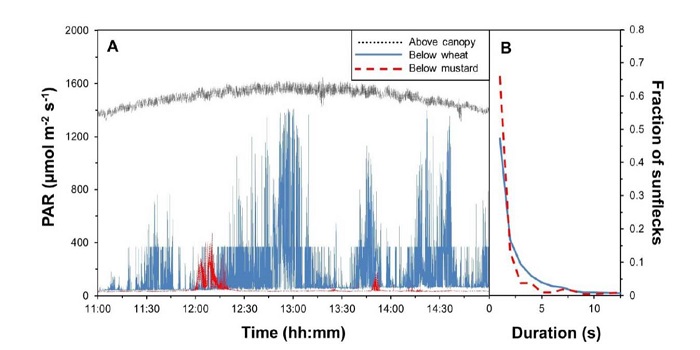
Update: Fluctuating light takes crop photosynthesis on a rollercoaster ride
Blog, Plant Physiology, Plant Physiology: Updates, Research, Research BlogBy Elias Kaiser, Alejandro Morales, Jeremy Harbinson
The environment of the natural world in which plants live, have evolved, and within which photosynthesis operates, is one characterised by change. The time scales over which change occurs can range from seconds (or less) all the way to the geological…
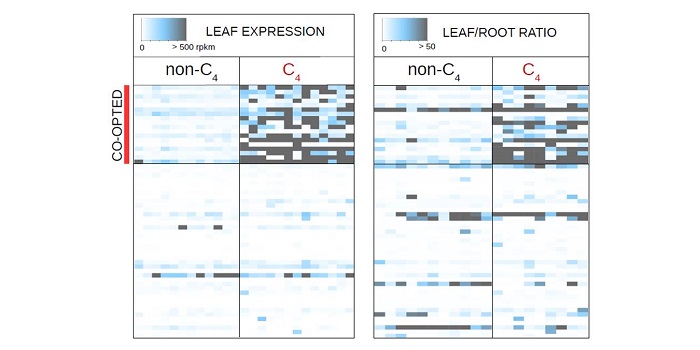
Highly expressed genes are preferentially co-opted for C4 photosynthesis
Blog, Plant Science Research Weekly, Research, Research BlogOne of the great questions of biology is how and why C4 photosynthesis pathway evolved independently more than 60 times. The advantages are obvious (increased productivity), but the underlying molecular predisposition to this transition remains poorly defined. Using a comparative transcriptomics approach…
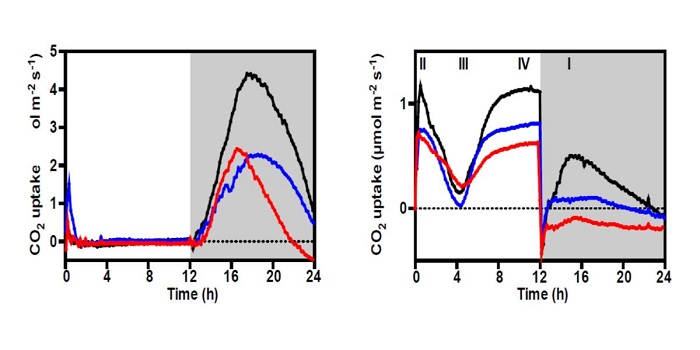
Stop the Clock: Optimized Carbon Fixation and Circadian Rhythm in a CAM Plant
Blog, Research, Research Blog, The Plant Cell, The Plant Cell: In BriefThe energetically costly tendency of the carbon fixing enzyme RuBisCO to, every now and then, fix oxygen instead of carbon dioxide has led to the evolution of various carbon concentrating mechanisms in plants and algae. One such mechanism, Crassulacean acid metabolism (CAM), involves primary CO2 fixation…

Imaging of Light Absorption and Photosynthesis
Blog, Plant Physiology: On The Inside, Research, Research BlogDue to its ease of use and noninvasive nature, variable chlorophyll fluorescence techniques have become increasingly popular for estimating photosynthetic parameters. Most measurements of variable chlorophyll fluorescence in complex plant tissues and surface-associated cell assemblages (e.g. biofilms)…

A pair of papers that redefines the pyrenoid, the eukaryotic CO2-concentrating organelle
Blog, Plant Science Research Weekly, Research, Research BlogPhotosynthesis in aquatic organisms is made difficult due to the low solubility of CO2 in water. Algae such as Chlamydomonas rheinhardtii overcome this limitation through a carbon-concentrating organelle called a pyrenoid. Two papers in Cell redefine our understanding of the pyrenoid structure. Mackinder…
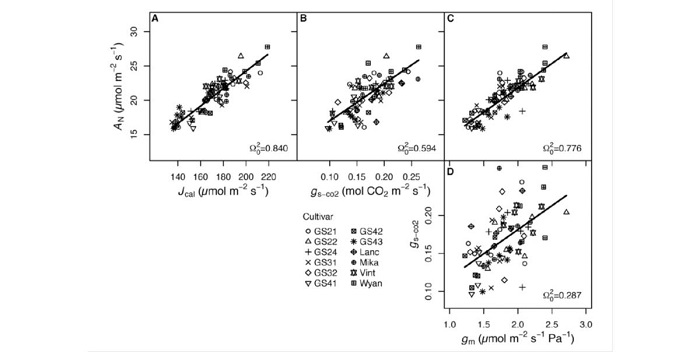
Variable mesophyll conductance among soybean cultivars sets a tradeoff between photosynthesis and water-use-efficiency
Blog, Plant Science Research Weekly, Research, Research Blog0 Comments
/
Boosting photosynthetic efficiency in crop species has long been a goal since efficiency of photosynthesis is a critical factor in crop yield. One strategy for improving photosynthetic rates is enhancing mesophyll conductance to carbon dioxide. Tomeo and Rosenthal examined 12 cultivars of soybean (Glycine…
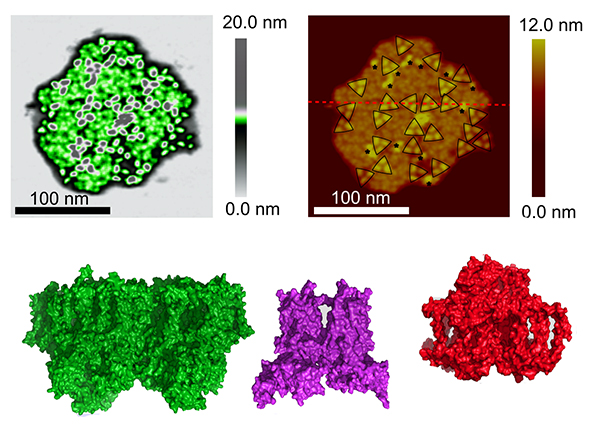
From Light to Food – Organization of Photosynthetic Complexes
Research, The Plant Cell, The Plant Cell: In a NutshellMacGregor-Chatwin et al. map the cellular organization of photosynthetic protein complexes http://www.plantcell.org/content/29/5/1119
Life on Earth depends on photosynthesis, the source of all of our food, oxygen, and most of our energy. Two pigment-protein complexes called Photosystems I and II…

